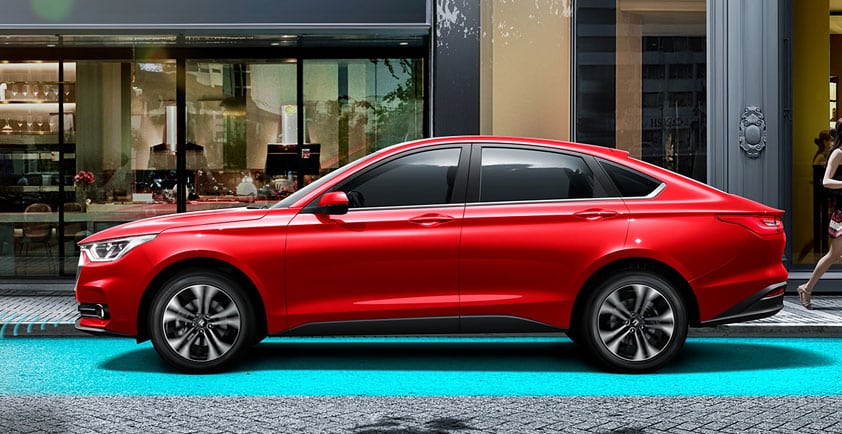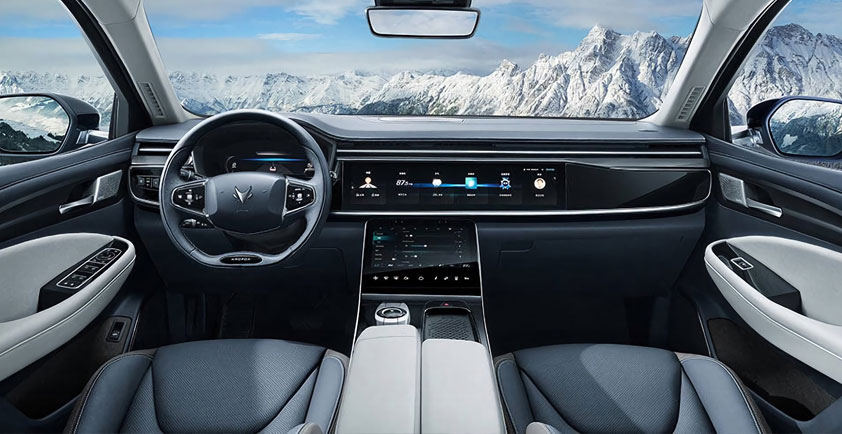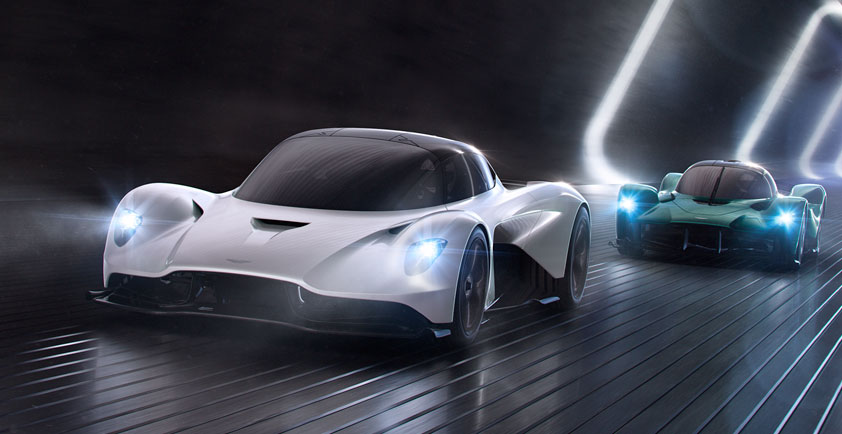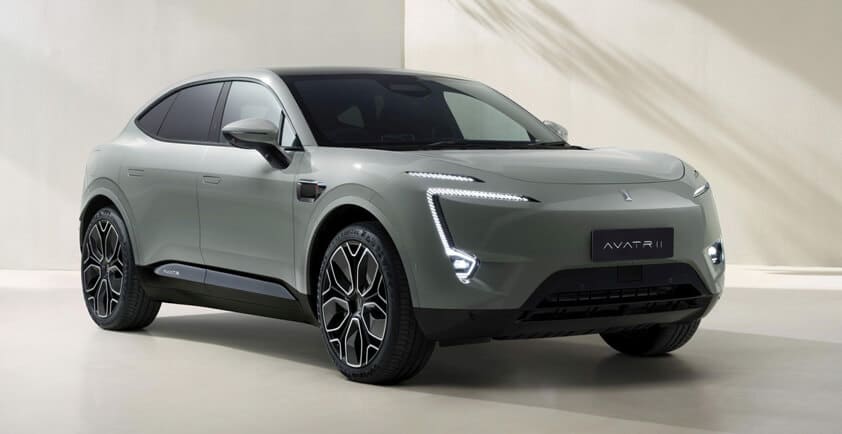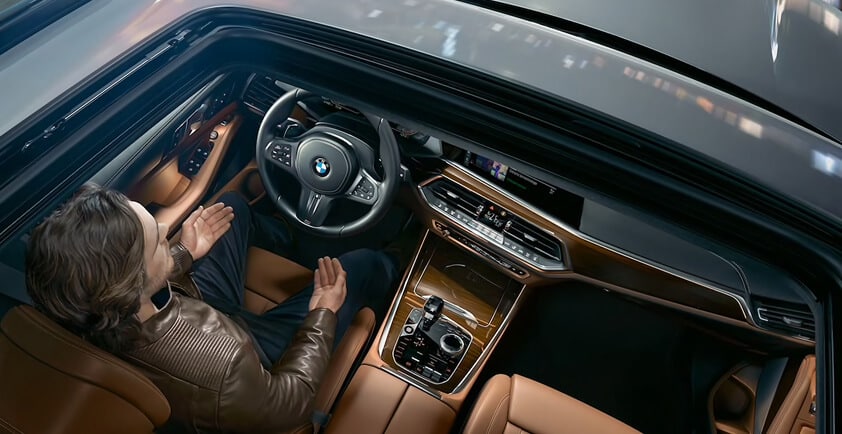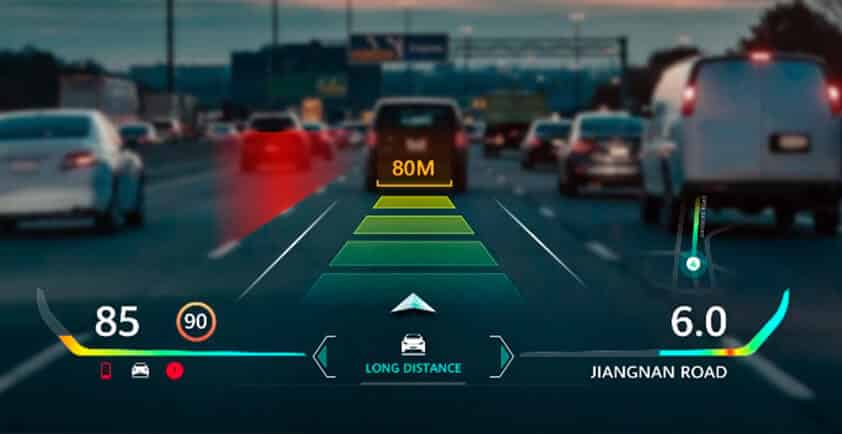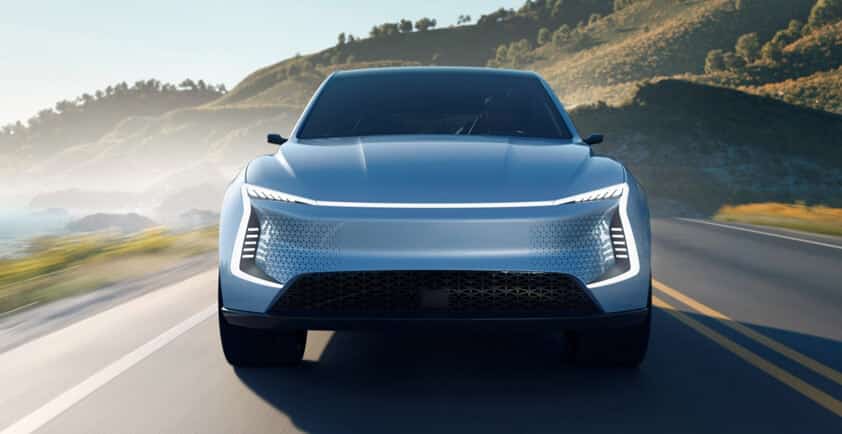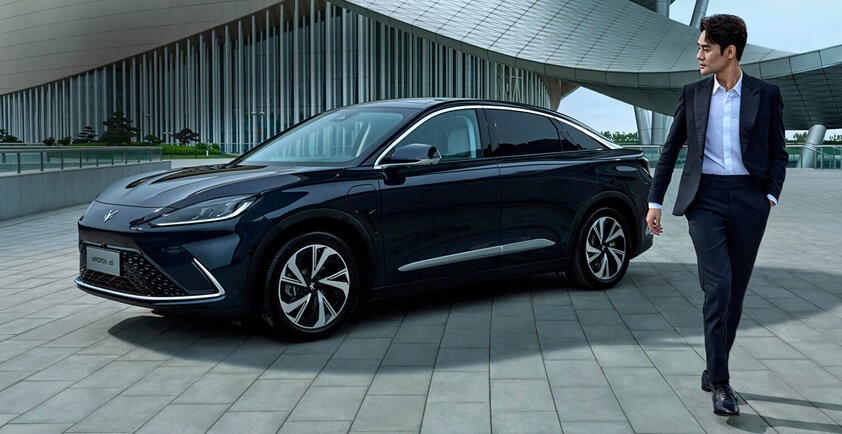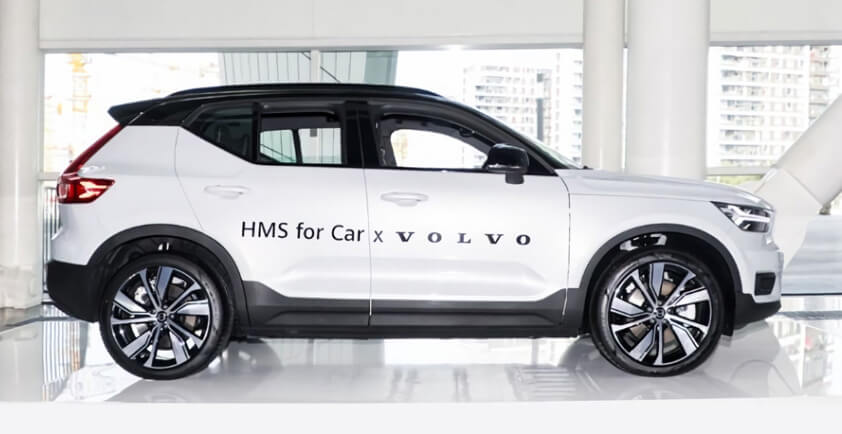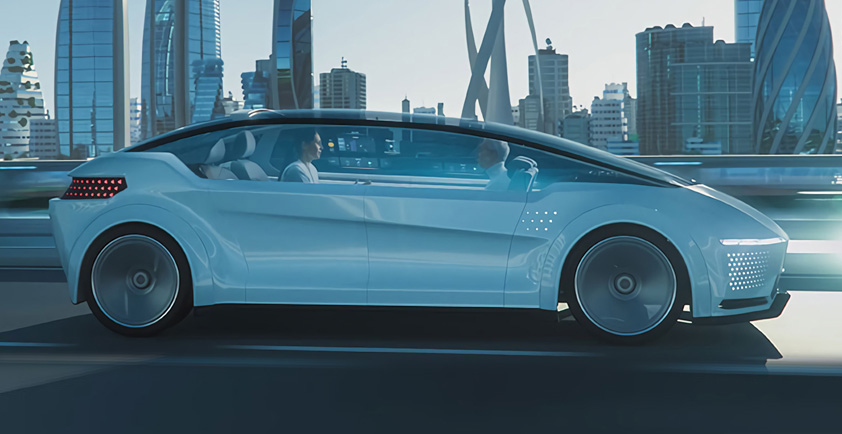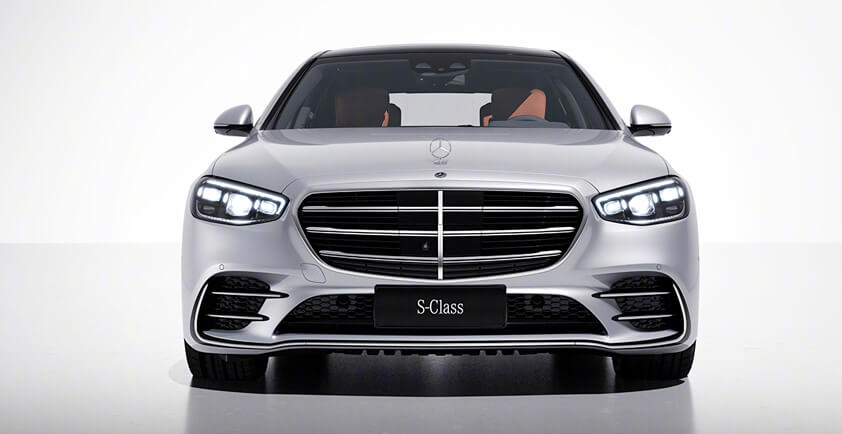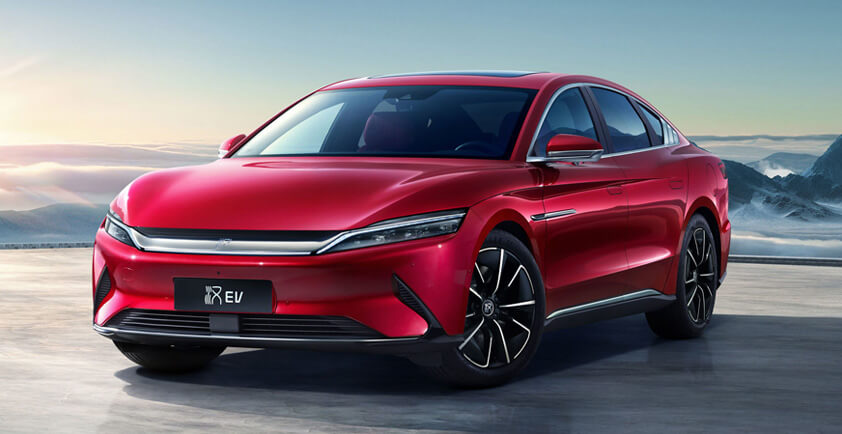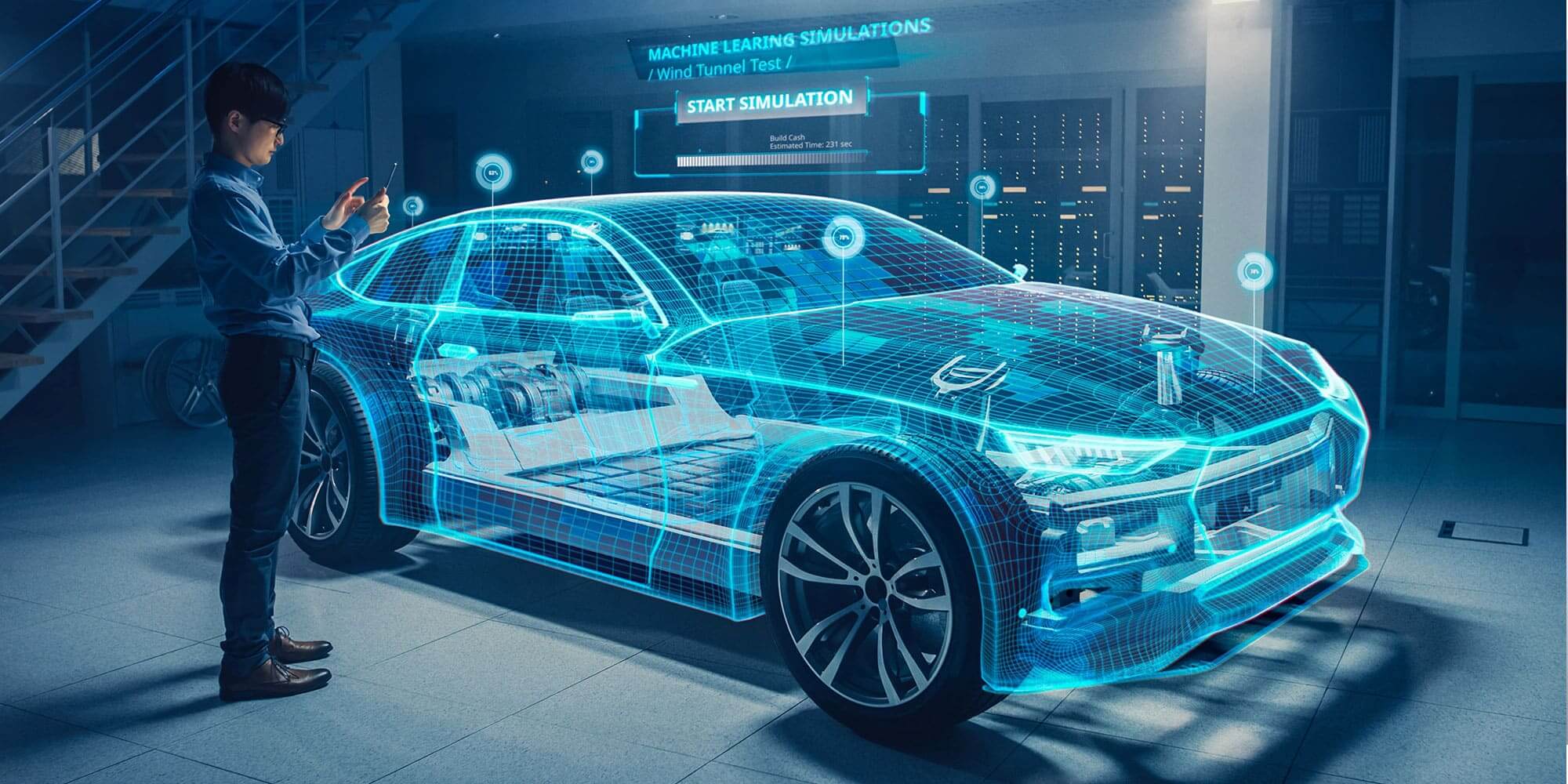
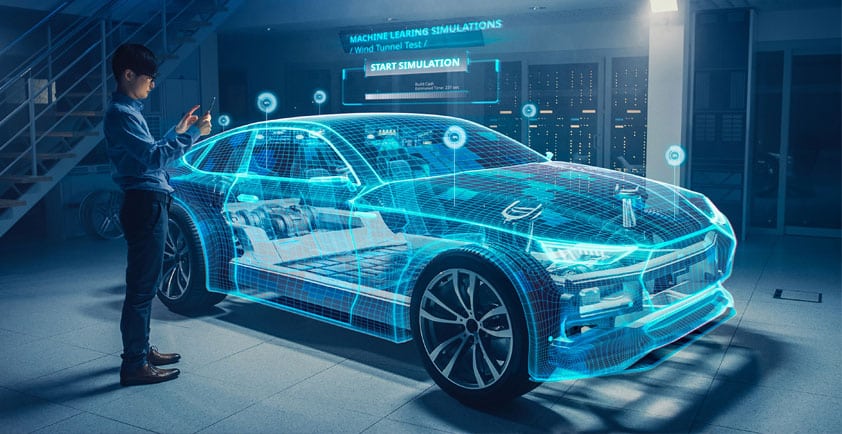
THE CAR AS A SMART HUB
The new generation of cars will help the EU achieve its Green New Deal targets
Over 30 million cars already connect to mobile networks. As telco operators, vehicle manufacturers and equipment suppliers work together to offer more services, cars will evolve to become an intelligent hub – able to sense, share, self-assess and stream, seamlessly.
Often, we think of connected cars as belonging to the future. But they are already here and becoming more and more intelligent by the day.
C-V2X (Cellular Vehicle-to-Everything), the most promising technology for the future, is already commercially available today worldwide, since it can use the existing 3G and 4G LTE (Long-term Evolution) networks that presently provide all our mobile services.
So, although much of the present debate in Europe is about which technologies should form the bedrock of the standards for future connected vehicles in the 5G era, the reality is: we do not have to wait for 5G. Connected Automated Mobility (CAM) can be delivered today through existing cellular networks.
Cellular Vehicle technology is already available, and the next enhancements will deliver even more services such as intersection collision risk warnings, optimal speed advisories, road hazard warnings, and so on. This is thanks to a combination of short-range communications directly with equipment using the PC5 interface, and long-range services using UU, the radio interface between mobile and radio access networks.
For a safer, cleaner, more efficient transport system
There are three key trends in the car industry at the moment: vehicles are becoming 1) intelligent hubs, 2) connected, and 3) electric. The connectivity they need is seamless, broadband, with low latency and high reliability.
Connected Automated Mobility will prove to be the enabler for a safer, cleaner, more efficient mobility system. It can help the European Union achieve its Green New Deal targets: reducing fuel consumption, lowering CO2 emissions, putting more electric cars on the road, increasing shared mobility and autonomous driving, etc.
Additionally, the current, proven V2X system can smoothly and naturally evolve to 5G-V2X, to add advanced services and support the next steps for autonomous driving, tele-operated driving, platooning (self-driving cars travelling together), cooperative manoeuvring (coordination of manoeuvres with other vehicles), sensor data sharing, and so on.
Connected Automated Mobility is one of the flagship use-cases in the European Commission’s 5G Action Plan. C-V2X synergies with mobile networks to allow a multiplier effect: not just in terms of road safety and efficiency, but with wider goals, like closing the digital gap by introducing denser networks to rural areas.
The choice of the right technology is still open in Europe, thankfully, after the EU Council rejected the adoption of last year’s proposed Delegated Act on Cooperative Intelligent Transport Systems, due to the draft’s lack of technology neutrality, since it favoured one technology – conventional Wi-Fi (ITS-G5) – over another, the more forward-looking C-V2X.
Evolution towards 5G
Trials of C-V2X have taken place worldwide over the past couple of years and demonstrate how cars made by manufacturers in China, the US and Europe are becoming intelligent hubs that can seamlessly connect with each other as well as roadside infrastructure.
C-V2X also has the big advantage in being simple to integrate into smartphones to protect vulnerable road users such as cyclists and pedestrians. That’s why it’s important to provide a clear path for V2X to evolve to 5G.
The other key ingredient for success will be the creation of a broad, collaborative ecosystem that includes everyone from mobile network operators, car manufacturers, equipment suppliers, app providers to road operators and government.
Author: Dr. Hui Cao - Head of Policy and Strategy at Huawei EU
